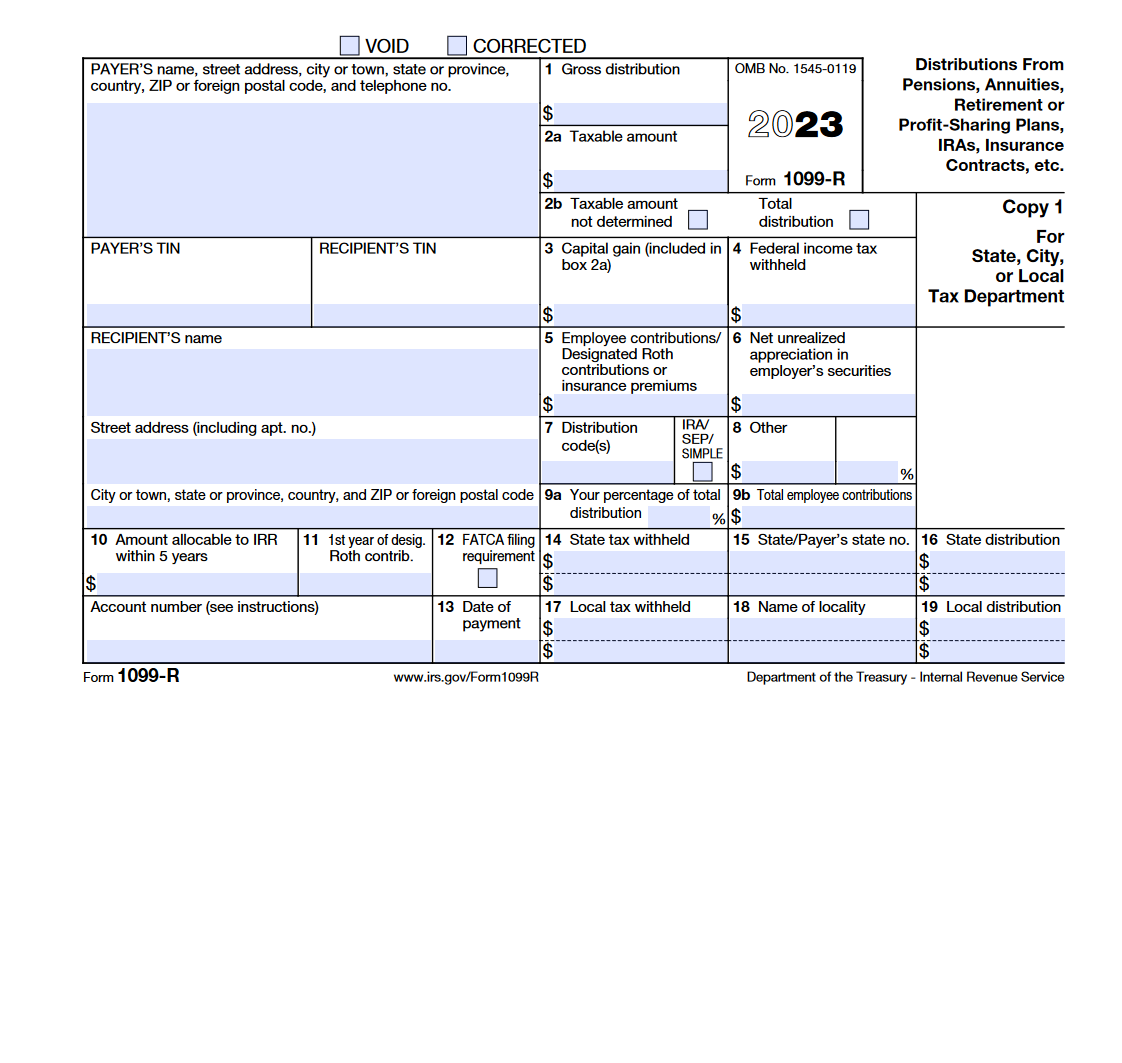The SECURE 2.0 Act contained several changes to traditional and Roth individual retirement accounts (IRAs) and 401(k) plans that are being phased in over the coming years, with several notable changes coming in 2025. Savvy savers should plan ahead to help save more and avoid penalties and tricky tax situations. Here are five changes coming to IRAs and 401(k)s in 2025:
1. Automatic 401(k) Enrollments Begin: To boost retirement preparedness, employers who established 401(k) plans on or after Dec. 29, 2022, will be required to automatically enroll employees into the plan unless an exception applies in 2025.
The initial contribution amount must be at least 3% but not more than 10% of the employee’s salary. Each year thereafter, that amount is increased by 1% until it reaches at least 10% but not more than 15%.
Employees should note that automatic enrollment doesn’t mean mandatory participation. Employees can change their contribution rates or opt out of participating in the 401(k) plan by electing a 0% contribution rate. However, employees could be well-served to contribute at least the minimum amount to qualify for any employer-matched contributions!
2. 401(k) Catch-Up Contributions Get a Boost: Catch-up contributions allow employees ages 50 and older to make additional deposits into their 401(k)s and other tax-advantaged retirement savings accounts.
The limit on catch-up contributions for 401(k)s in 2024 is $7,500. Combined with the standard contribution limit of $23,000, eligible taxpayers can sock away up to $30,500 for retirement in 2024 while also giving themselves a tax break on their taxable income for the year.
Once 2025 rolls around, the catch-up contribution limit is increasing for 401(k) participants ages 60 but not older than 63 by the end of the calendar year. These individuals can contribute the greater of an additional $10,000 or 150% of the 2024 catch-up contribution limit indexed for inflation. In 2025, the total limit for 401(k) contributions for those aged 60 to 63 is the standard limit for the year plus $10,000.
3. SIMPLE IRA Catch-Up Contributions Get a Raise Too: Annual employee deferrals to SIMPLE IRAs have a limit of $16,000 in 2024, while individuals ages 50 and older can make additional catch-up contributions of up to $3,500.
In 2025, the catch-up contribution limits for participants who’ve reached ages 60 through 63 will increase to the greater of $5,000 or 150% of the regular catch-up contribution limit for SIMPLE IRA plans for the year.
4. The 10-Year Rule for Inherited IRAs Takes Effect: Although previously delayed, in 2025, individuals who inherited an IRA from someone who died on or after Jan. 1, 2020, will be required to withdraw all funds in the IRA by Dec. 31 of the 10th full calendar year following the decedent’s death, thereby eliminating the ability to use a “stretch IRA” strategy that allowed owners of IRAs to pass along the assets in the account from one generation to the next while taking advantage of prolonged tax-deferred growth. However, some exceptions for inherited IRAs will allow some beneficiaries to still utilize the stretch IRA strategy:
- Surviving spouses.
- A child of the decedent under the age of 21.
- A beneficiary who is not more than 10 years younger than the decedent.
- An individual who is disabled or chronically ill.
For these eligible beneficiaries, withdrawals from the inherited IRA must be taken over their lifetime, starting the year after the decedent’s death. A benefit for surviving spouses is that they can transfer the inherited funds to their IRAs and delay withdrawals until their required beginning date.
5. Inherited IRA RMD Penalties Begin: Starting in 2025, a 25% penalty will be incurred by beneficiaries who don’t take the required minimum distributions from their inherited IRAs.
Overall, these retirement plan changes underscore the importance of equipping oneself with the right resources to plan ahead. One excellent resource, of course, is a CPA—a certified public accountant. All year long, CPAs are ready to help guide individuals toward retirement readiness.
The Illinois CPA Society put this list together and offers a free “Find a CPA” directory can help individuals find the trusted, strategic advisor that’s right for them based on location, types of services needed, and languages spoken. Find a CPA at www.icpas.org/findacpa.
Thanks for reading CPA Practice Advisor!
Subscribe Already registered? Log In
Need more information? Read the FAQs
Tags: Taxes




